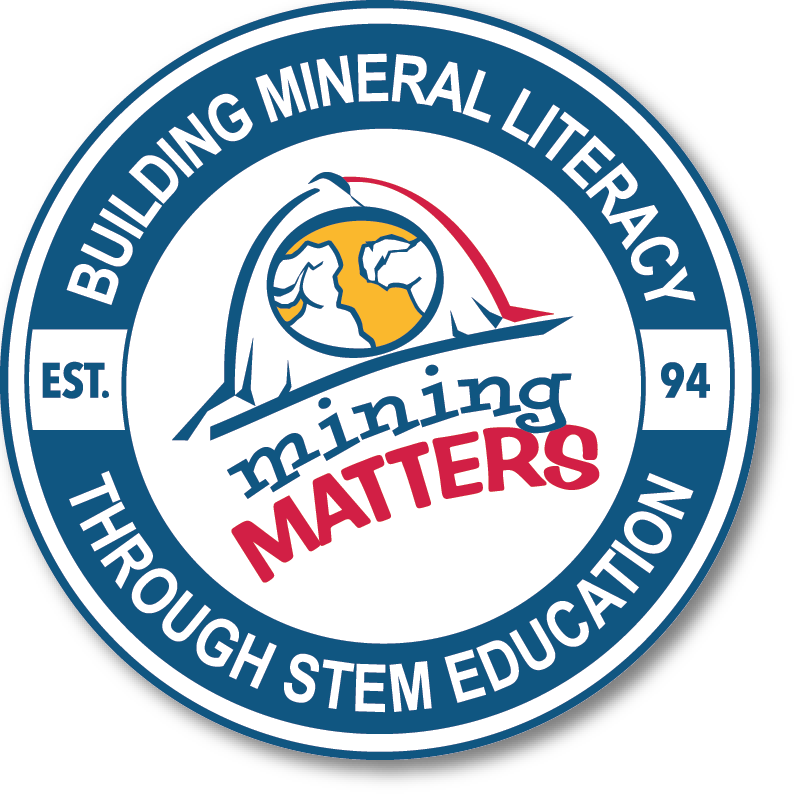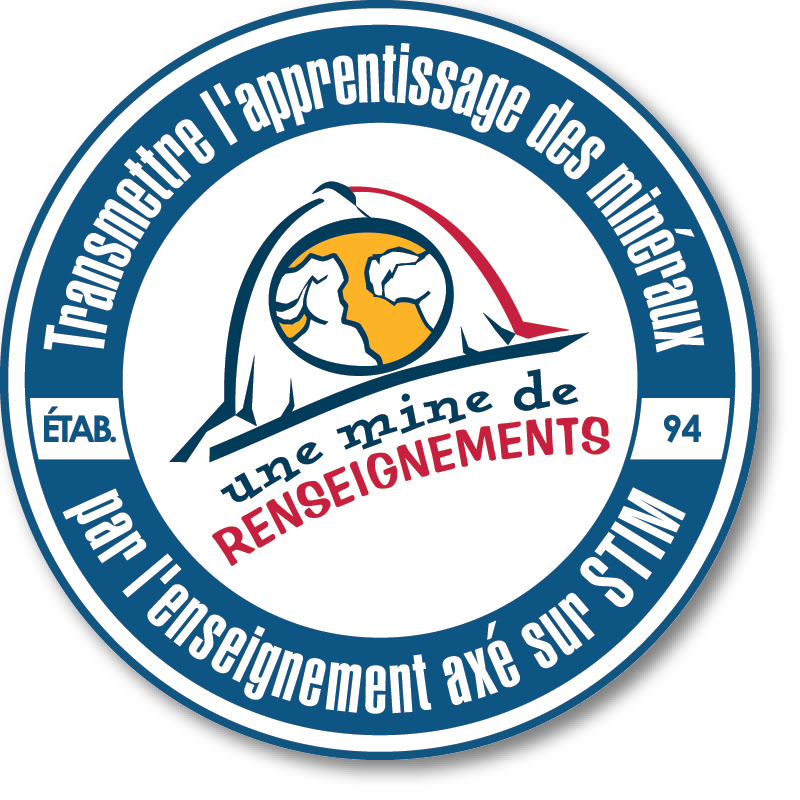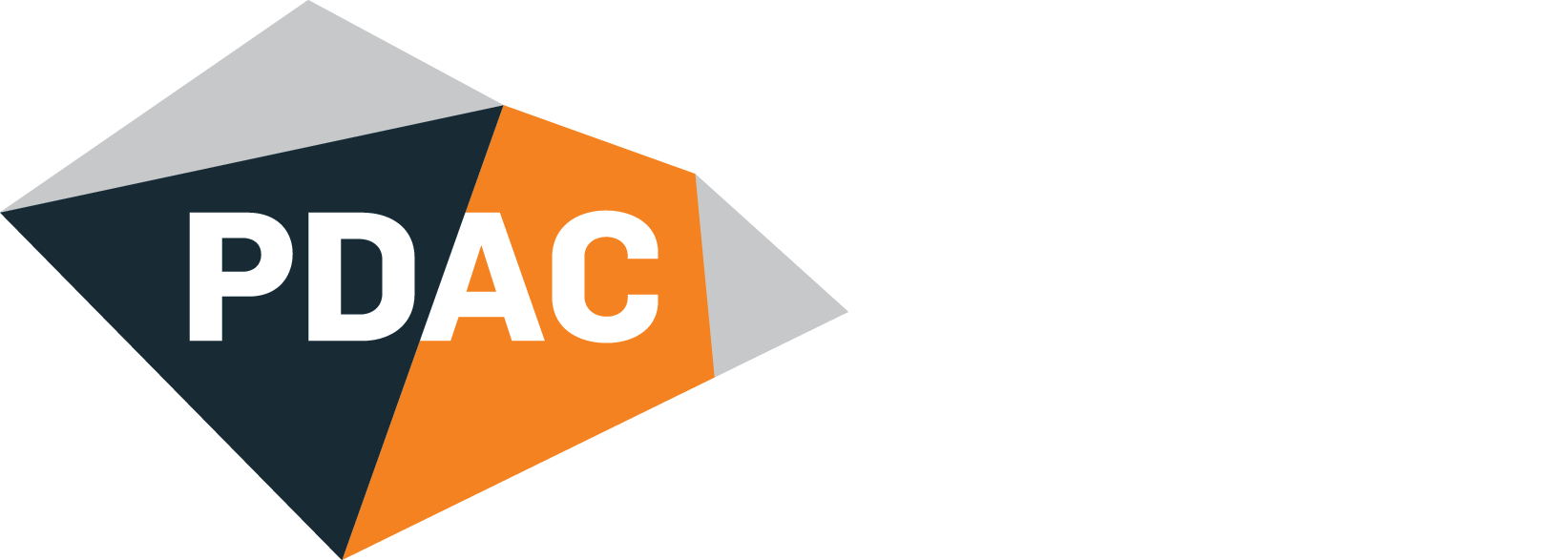Edible Earth Layers - Earth Science Snack
Credits
Adapted from: sciencing.com
Background
Planet Earth is made of layers. The crust is the outermost layer. It is rigid, thin, and brittle. The crust ranges in thickness depending where it is located on the Earth. Beneath oceans, the crust averages 5 km in thickness. Beneath continents the thickness of the crust averages about 30 km. Under large mountain ranges however the crust can be as thick as 100 km. Below the crust is the mantle, a dense, hot layer of semi-solid rock that is approximately 2,900 km thick. The mantle is hotter and denser than the crust because temperature and pressure inside the Earth increase with depth. The core lies at the centre of the Earth. The core includes two distinct parts. The outer core is liquid and is 2,200 km. The inner core is solid and is 1,250 km in thickness.
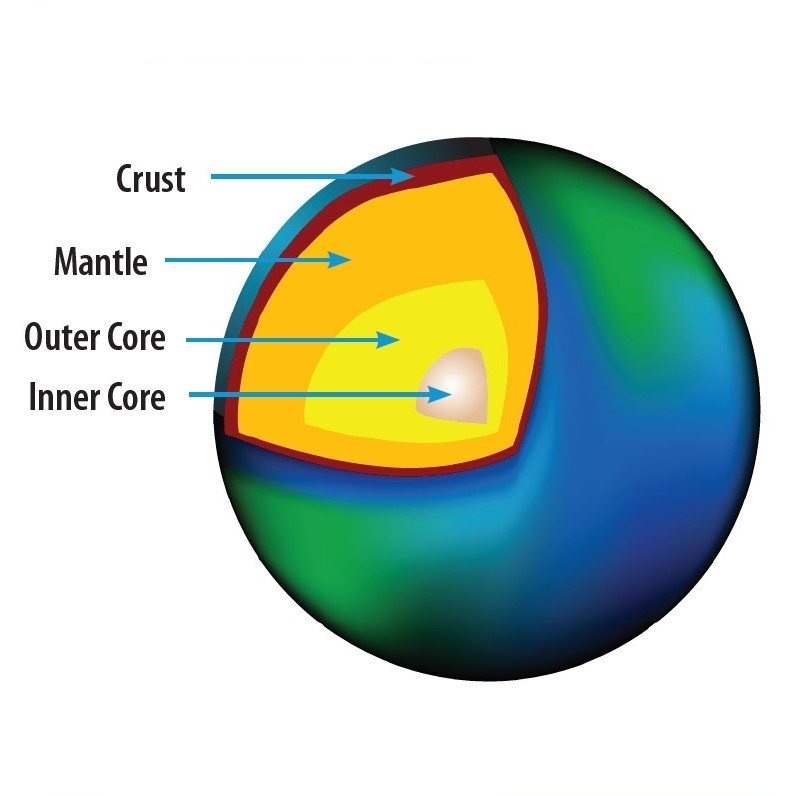
Objectives
Create a cross section model of the Earth’s layers, using ingredients found in your kitchen! In a clear plastic cup, layers of edible materials are placed one on top of the other to simulate the inner core, outer core, mantle and crust of the Earth. This is a fun activity, especially around a campfire, so get the whole family involved!
Materials
- Large clear plastic cup 7-12 oz. size
- Hard peppermint candy (representing the inner core)
- Large marshmallow (representing the outer core) (prepare and toast this item on site)
- Crushed chocolate cookies (representing the crust) (prepare in advance)
- Puffed Rice Square mixture (puffed rice, butter and marshmallows)
Instructions
Take a look at the picture of the cross-section of Earth. Use it to help build your own model. Once the model has been created and discussed you can enjoy it as a snack.
1. Ask and adult to help you make the puffed rice mixture by heating the butter and marshmallows and folding in the puffed rice. Let the mixture cool enough so that it is safe for you to handle but can still be moulded.
2. Show your family the picture of the Earth in cross-section. Ask them what they want to know about Earth?
3. Tell your family that the Earth’s inner core is a solid ball that is made mainly of iron and nickel. Create your inner core by placing the peppermint candy at the bottom of your plastic cup.
4. Explain to your family that the Earth’s outer core is hot molten layer, also composed mostly of iron and nickel. Next, toast a marshmallow and place it on top of the “inner core” in your plastic cup.
5. Tell your family that the Earth’s mantle is a semi hard layer that moves very slowly around the outer core. It is the thickest of the Earth’s layers. Add a puffed rice layer to your plastic cup. using about 120 mL (½ Cup).
6. Finish your model by adding the final layer; the crust. Place a thin layer of chocolate cookie crumbs on top of the mantle.
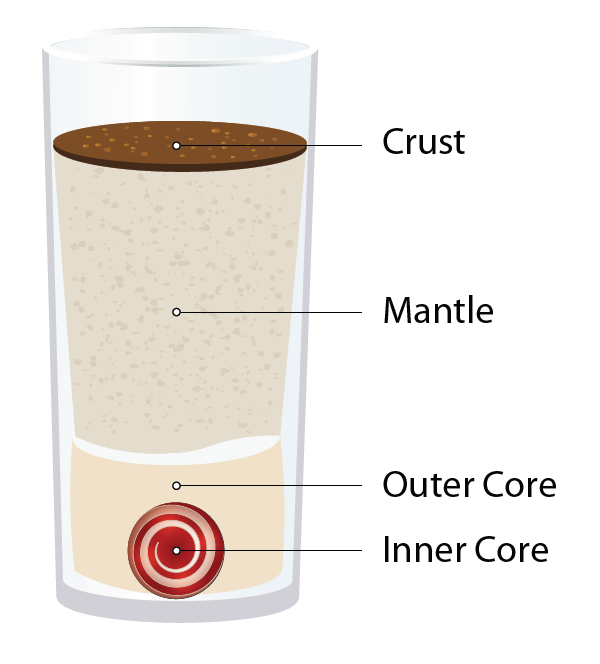
the location and relative thicknesses of each layer
Tips
Post a picture of yours on Instagram before you eat it! Use the hashtag #edibleearthlayers.
